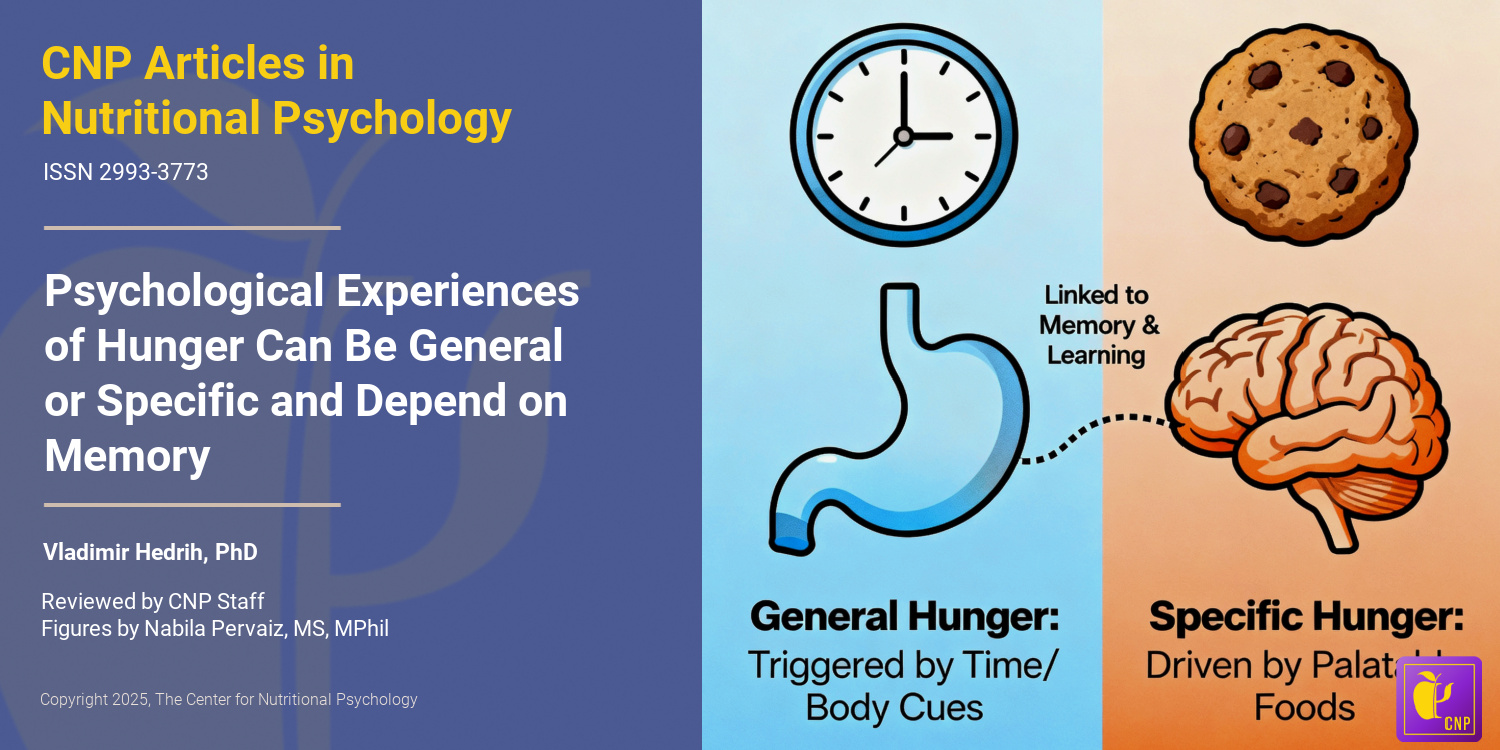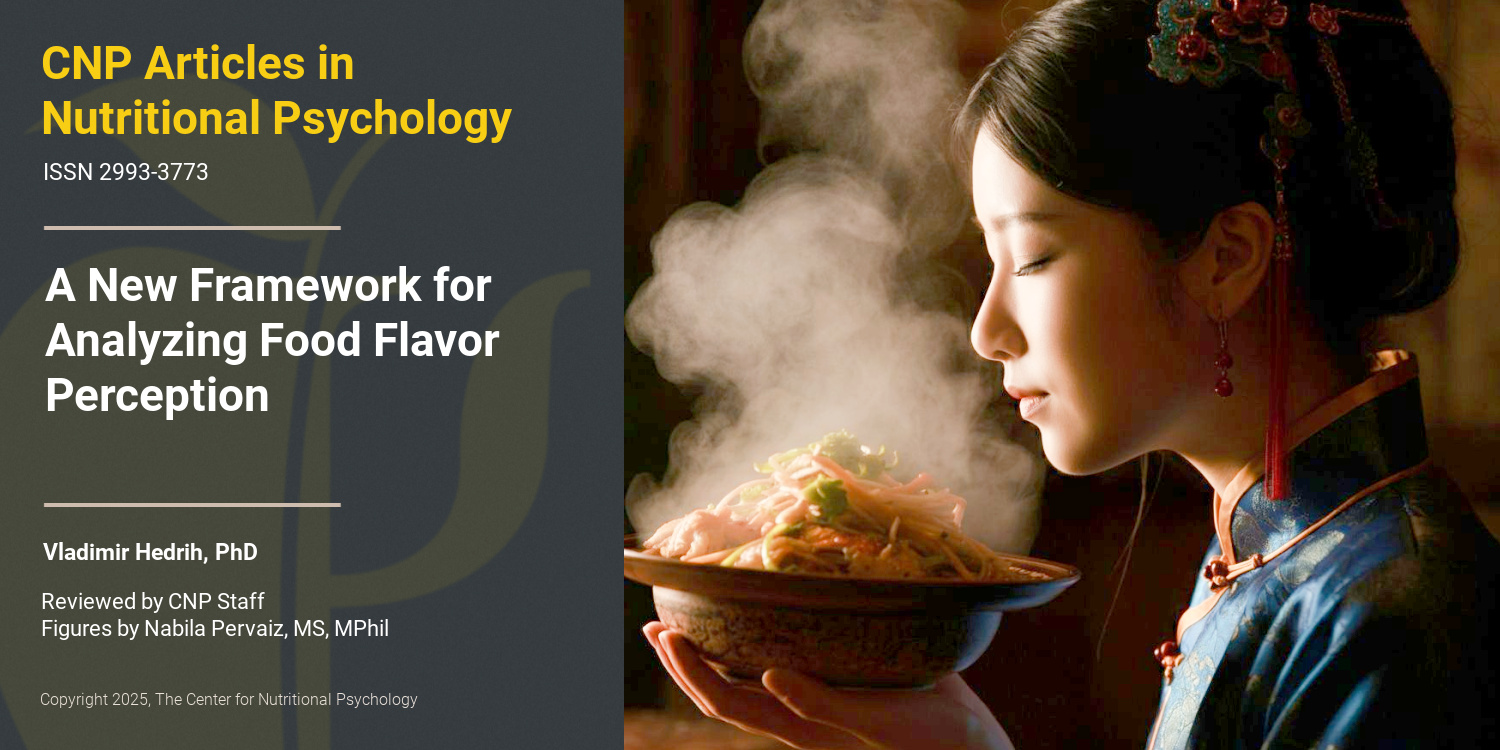An evolutionary perspective on food and human taste
The sense of taste is activated when nutrients or chemical compounds stimulate specialized receptor cells in the oral cavity, influencing dietary decisions and digestive efficiency. Human taste abilities have evolved largely due to the ecological contexts of our ancestors, transitioning from a predominantly frugivorous diet in tropical forests to a more diverse intake in savannah environments. This adaptation enabled early humans to utilize their taste preferences to identify nutrient-rich foods, thereby reducing the risks associated with foraging, including energy wastage and potential toxicity from harmful substances. The learned consequences of food consumption further inform future dietary choices. While evolved taste sensitivities help the approximately one billion individuals experiencing low food security identify essential nutrients, they also contribute to the rising incidence of nutrition-related diseases, such as obesity and diabetes, among populations with easy access to energy-dense, palatable foods. [NPID: Taste, perception, nutrition-related diseases, oral cavity, foraging, taste preferences]
Year: 2013
 Navigation
Navigation







